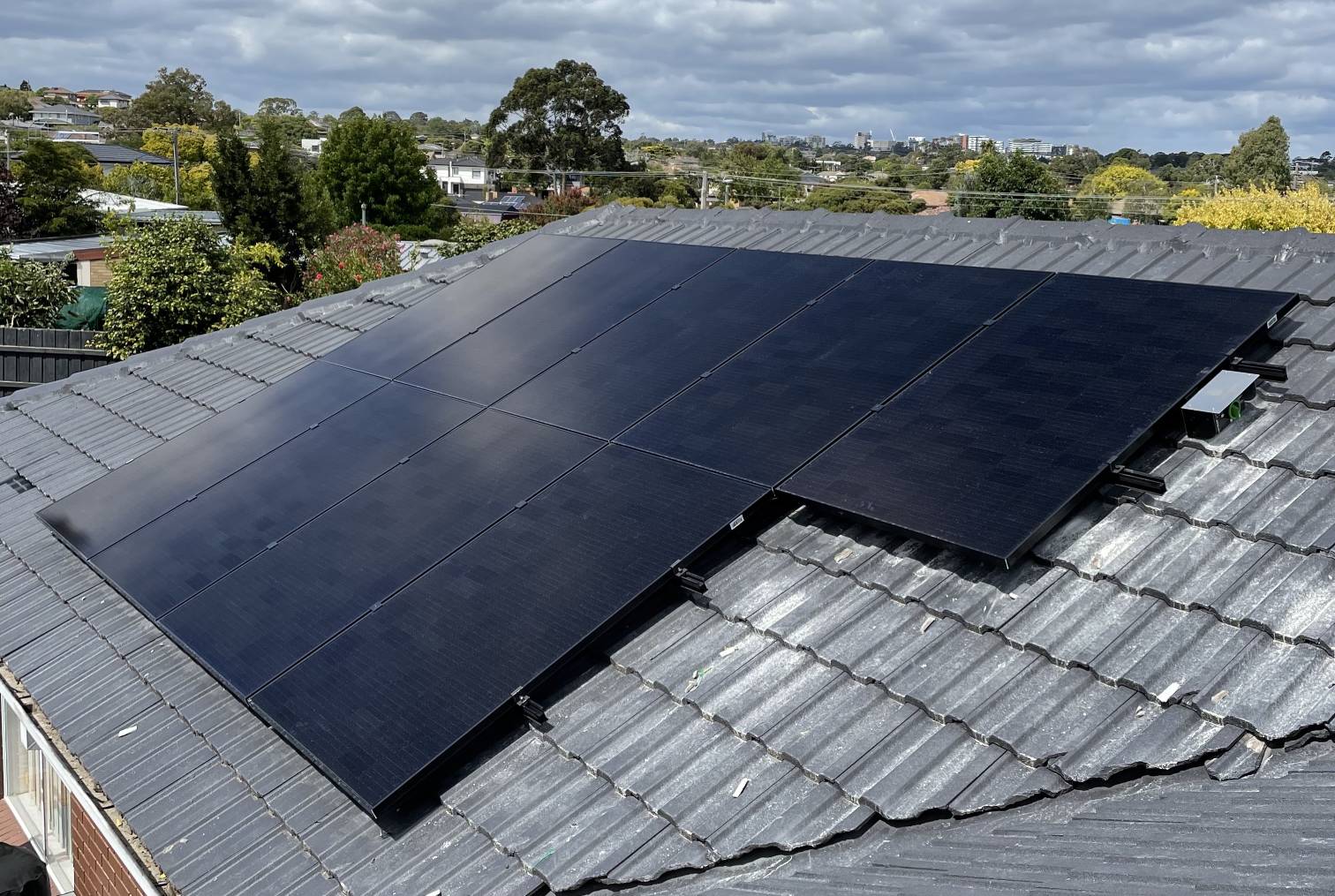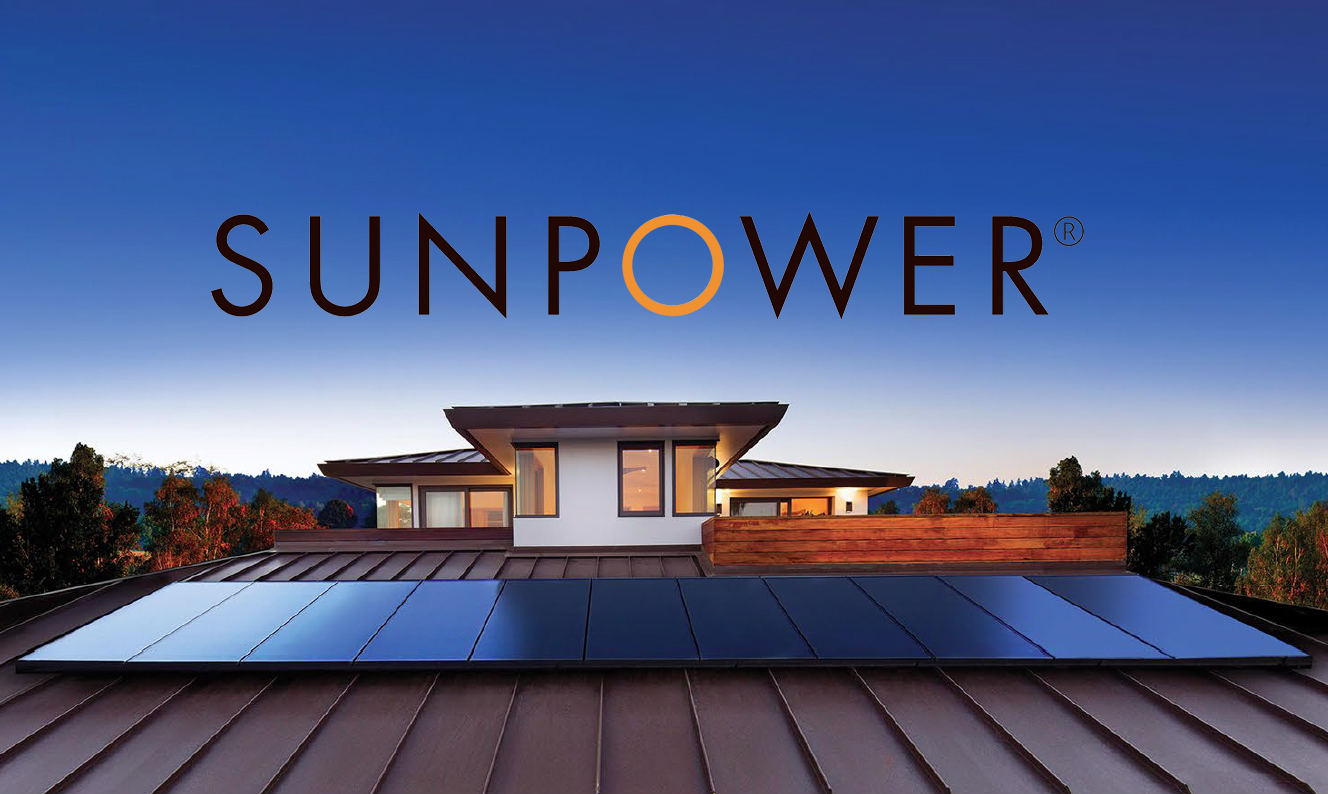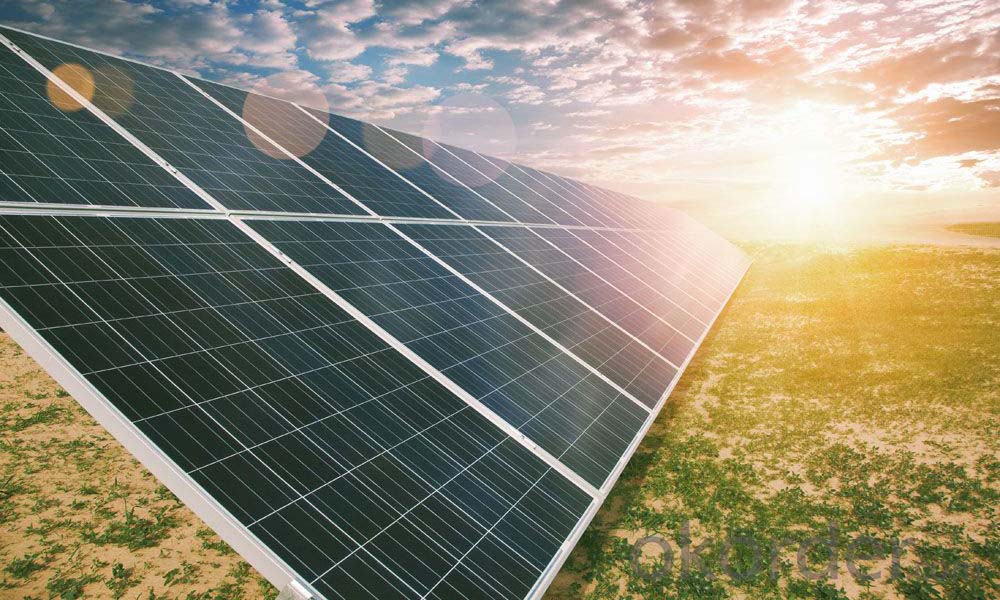How to Install On-Grid Solar System?
June 8, 2024

Are you considering going solar? Check here how to install on-grid solar system & start saving on your electricity bills. An on-grid solar system, also known as a grid-tied solar system, is a type of solar panel installation that is connected to the utility grid. In this article, we will provide you with a step-by-step guide on how to install an on-grid solar system.
What is an On-Grid Solar System?
An on-grid solar system is a solar panel installation that is connected to the utility grid. This type of solar system allows you to generate your own electricity and sell any excess energy back to the utility company. This is possible because an on-grid solar system is designed to work in tandem with the utility grid, allowing you to draw electricity from the grid when your solar panels are not producing enough energy and sell any excess energy you generate back to the grid when your panels produce more energy than you need.
Benefits of Installing an On-Grid Solar System
There are many benefits to installing an on-grid solar system, including:
Lower energy bills:
By generating your own electricity, you can reduce your reliance on the utility company and lower your energy bills.
Reduced carbon footprint:
By using renewable energy, you can reduce your carbon footprint and help combat climate change.
Net metering:
Net metering allows you to sell any excess energy you generate back to the utility company, which can help offset the cost of your electricity bills.
Learn More: The Ultimate Guide to SunPower Monitoring System
Step-by-Step Guide on How to Install an On-Grid Solar System
Step 1: Determine Your Energy Needs
The first step in installing an on-grid solar system is to determine your energy needs. This will involve calculating your average energy usage over the course of a year. This information will be used to determine the size of your solar panel system. You can get free quotes here from companies near you to help you get a precise cost.
Step 2: Choose a Location for Your Solar Panels
The next step is to choose a location for your solar panels. Ideally, your solar panels should be installed on a south-facing roof or in a location that receives a lot of sunlight throughout the day.
Step 3: Obtain Necessary Permits and Approvals
Before installing your solar panels, you will need to obtain any necessary permits and approvals from your local government and utility company.
Step 4: Install Your Solar Panels
Once you have obtained the necessary permits and approvals, it’s time to install your solar panels. This will involve mounting the panels on your roof or in a location that receives a lot of sunlight. You can get help on licenses and installation with a qualified company in your area, click here to compare free quotes.
Step 5: Install Your Inverter
After your solar panels are installed, you will need to install your inverter. The inverter is responsible for converting the DC electricity generated by your solar panels into AC electricity that can be used to power your home.
Step 6: Connect Your Solar System to the Grid
The final step in installing an on-grid solar system is to connect your solar system to the grid. This will involve working with your utility company to ensure that your system is properly connected to the grid and that you are able to sell any excess energy you generate back to the utility company.
Tips for Installing an On-Grid Solar System
Hire a professional:
While it is possible to install an on-grid solar system yourself, it is recommended that you hire a professional to ensure that your system is installed correctly and safely.
Consider your location:
The location of your solar panels can have a big impact on their performance. Be sure to choose a location that receives a lot of sunlight throughout the day.
Invest in high-quality equipment:
Investing in high-quality solar panels and equipment can help ensure that your system performs well and lasts for many years.
Maintenance and Care for Your On-Grid Solar System
Once your on-grid solar system is installed, it’s important to maintain and care for it properly to ensure that it continues to operate efficiently. Here are some tips for maintaining and caring for your solar system:
Clean your solar panels:
Over time, dust and debris can accumulate on your solar panels, which can reduce their efficiency. It’s important to clean your panels regularly to ensure that they are operating at peak efficiency.
Monitor your system:
Keep an eye on your solar system to ensure that it is operating as it should be. If you notice any issues or problems, it’s important to address them right away to prevent further damage or issues.
Schedule regular maintenance:
It’s a good idea to schedule regular maintenance for your solar system to ensure that it continues to operate efficiently. This can include things like checking the wiring and connections, inspecting the panels, and cleaning the system.
Common Questions
How long does it take to install an on-grid solar system?
The installation time for an on-grid solar system can vary depending on the size of the system and the complexity of the installation. However, most installations can be completed in a few days to a week. Get free quotes here from qualified companies near you to speed up the process.
Can I install an on-grid solar system myself?
While it is possible to install an on-grid solar system yourself, it is recommended that you hire a professional to ensure that your system is installed correctly and safely.
How much does it cost to install an on-grid solar system?
The cost of installing an on-grid solar system can vary depending on the size of the system and the location of your home. However, the average cost of installing a 5kW system is around $15,000 to $20,000.
How much money can I save with an on-grid solar system?
The amount of money you can save with an on-grid solar system depends on a variety of factors, including the size of your system, your energy usage, and the cost of electricity in your area. However, most homeowners can save hundreds or even thousands of dollars each year on their energy bills.
Is it possible to add more solar panels to my system later?
Yes, it is possible to add more solar panels to your on-grid solar system later. This can be a good option if you want to increase the size of your system or if you want to generate more energy.
Installing an on-grid solar system is a great way to reduce your carbon footprint and lower your energy bills. By following the steps outlined in this article, you can install an on-grid solar system in your home and start reaping the benefits of renewable energy. Remember to hire a professional here, choose a good location for your solar panels, and maintain your system properly to ensure that it operates efficiently and lasts for many years.

